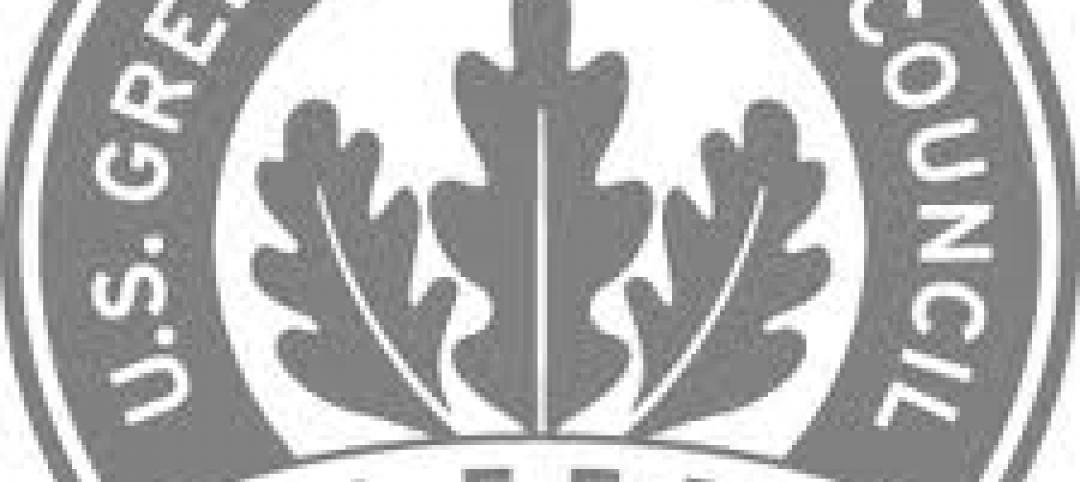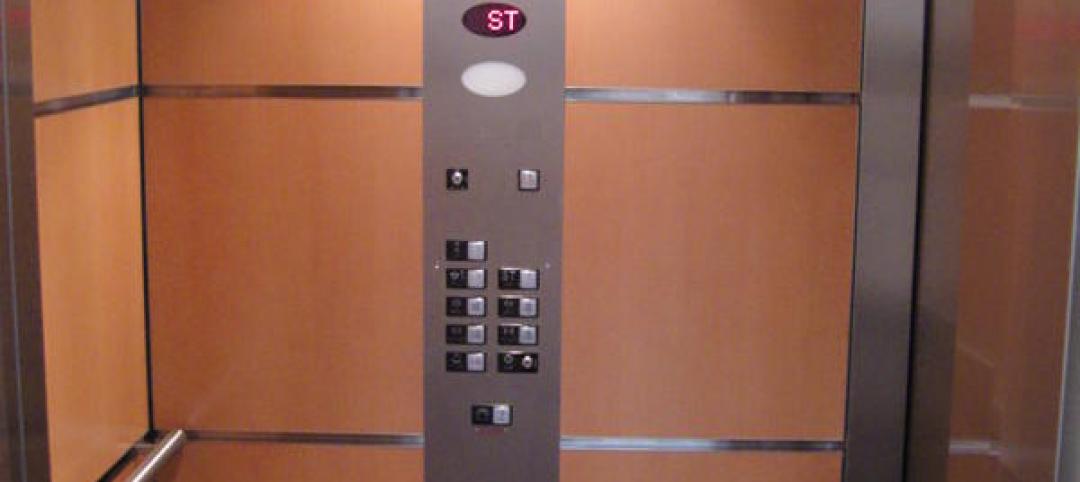ASHRAE recently approved publication of its highly anticipated standard to reduce the risk of airborne infectious aerosol transmission in buildings.
ASHRAE Standard 241, Control of Infectious Aerosols establishes minimum requirements to reduce the risk of disease transmission by exposure to infectious aerosols in new buildings, existing buildings, and major renovations. Infectious aerosols are tiny, exhaled particles that can carry pathogens that cause infections or disease.
Infectious aerosols are so small that they can remain in the air for long periods of time. Use of this standard could reduce exposure to the SARS-COVID-2 virus, which causes COVID-19, the flu virus, and other pathogens.
Standard 241 provides requirements for many aspects of air system design, installation, operation, and maintenance. It includes an infection risk management mode (IRMM) that enhances the normal mode of operation via engineering controls to reduce infectious aerosol exposure of occupants. It also provides a Requirements for Use of Filtration and Air Cleaning Technology section that outlines how to draw in additional outdoor air to ventilate a building in an energy-efficient, cost-effective manner.
More on the standard from ASHRAE:
Important aspects of the standard include:
- Infection Risk Management Mode – Requirements of Standard 241 apply during an infection risk management mode (IRMM) that applies during identified periods of elevated risk of disease transmission. AHJs (Authorities Having Jurisdiction) can determine when the enhanced protections of Standard 241 will be required, but its use can also be at the discretion of the owner/operator at other times, for example, during influenza season. This aspect of Standard 241 introduces the concept of resilience – ability to respond to extreme circumstances outside normal conditions - into the realm of indoor air quality control design and operation.
- Requirements for Equivalent Clean Airflow Rate – Other indoor air quality standards, including ASHRAE Standards 62.1, 62.2, specify outdoor airflow rate and filtration requirements to control normal indoor air contaminants. Standard 241 breaks new ground by setting requirements for equivalent clean airflow rate, the flow rate of pathogen free air flow into occupied areas of a building that would have the same effect as the total of outdoor air, filtration of indoor air, and air disinfection by technologies such as germicidal ultraviolet light. This approach allows the user of the standard flexibility to select combinations of technologies to comply with the standard that best satisfy their economic constraints and energy use goals.
- Requirements for Use of Filtration and Air cleaning Technology – Dilution of indoor air contaminants by ventilation with outdoor air can be an energy intensive and expensive way to control indoor air quality. Standard 241 provides extensive requirements for use of filtration and air cleaning to effectively and safely achieve meet equivalent clean airflow requirements efficiently and cost effectively. These include testing requirements to establish performance and to demonstrate that operation does not degrade indoor air quality in other ways, for example by elevating ozone levels.
- Planning and Commissioning – Standard 241 provides assessment and planning requirements culminating in the development of a building readiness plan, a concept carried over from the work of the ASHRAE Epidemic Task Force. It also describes procedures for commissioning systems to determine their installed performance.
The standard is available for presale in the ASHRAE Bookstore.
Related Stories
| Apr 26, 2012
Developers can use LEED wastewater credits to help gain approvals in environmentally sensitive locales
Those wanting to pursue development in heavily regulated and environmentally sensitive areas are benefiting by designing projects that qualify for LEED points, even if the project as a whole does not achieve certification.
| Apr 26, 2012
New York City Council moves to license elevator mechanics
New York’s City Council introduced a measure last week that would require the city’s 7,000 elevator mechanics to meet national standards and be licensed by the city.
| Apr 19, 2012
LEED 2012 to include new credit category for transit-oriented development
The updated LEED 2012 system will introduce a new credit category, “Location and Transportation,” to encourage development oriented around public transit and more walkable communities.
| Apr 13, 2012
International Living Building Institute certifies first two Net Zero Energy buildings
A community building in Oregon and an office building in California are the first two projects to earn net-zero status under the International Living Building Institute’s Net Zero Energy Certification program.
| Apr 5, 2012
LEED 2012 will include new requirements for data centers
The U.S. Green Building Council’s updated LEED 2012 standards will require two systems to be modeled for each project in order to show power utilization effectiveness.
| Mar 30, 2012
LEED growing fast in the housing rental market
Last year, developers of 23,000 U.S. multifamily housing units applied for LEED certification.
| Mar 30, 2012
Forest Stewardship Council critical of proposed LEED 2012 changes
According to the Forest Stewardship Council (FSC), the third draft of LEED 2012, if approved as written, would represent a step backward from the current Certified Wood Credit.
| Mar 22, 2012
Symposium on water efficiency: How much more water can be saved?
The Third International Emerging Technology Symposium by IAPMO and the World Plumbing Council features a session on water efficiency.
| Mar 15, 2012
ANSI approves new fall protection standards
The American National Standards Institute (ANSI) has approved two American Society of Safety Engineers' (ASSE) standards addressing fall protection.
| Mar 8, 2012
New LEED-EBOM rating has requirements for specific project types
Several key changes are proposed for the LEED-EBOM Rating System in 2012.

















